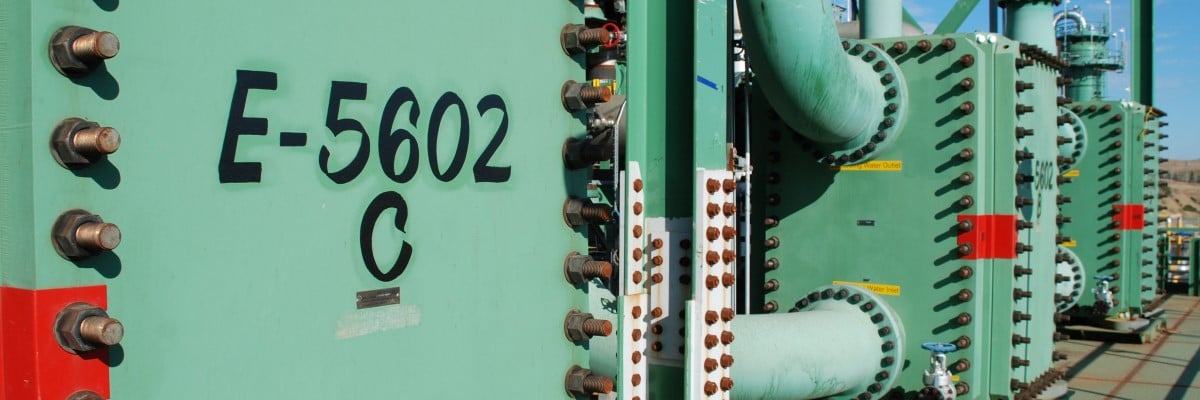Lowering refinery emissions to 1/3 of federal requirements with Alfa Laval Compabloc
When a major US refinery set out to modify their plant to achieve higher efficiency, they chose to voluntarily comply with standards that regulate emissions to less than 1/3 of federal requirements. Eight new Alfa Laval Compablocs helped them reach this and other goals.
DATE 2566-11-28“We have a close relationship with the company,” says Mr Chris Wajciechowski, market development manager at Alfa Laval. “So we worked with their process development engineers to help them save space and money and cut down on fouling. Also – not least – to significantly improve the performance of their process for cutting particulate and sulphur emissions from fluid catalytic cracking (FCC).”
“The Compabloc offers considerable advantages over shell-and-tube heat exchangers in all of these respects,” continues Mr Wajciechowski. “And because these are big installations, our biggest Compabloc model, the Compabloc CPX 120, was the right choice for the DuPont BELCO® pre-scrubber and the CANSOLV® amine stripper reboiler installations. The remaining three Compablocs were installed in other critical positions on the CANSOLV® unit.”
Download the full story
The compact, fully welded Compabloc heat exchanger is designed to operate with a wide range of aggressive media and at high temperatures and pressures.
Benefits
- Improved cooling helps meet ambitious emissions targets
- Compact design cuts floor space, foundations, piping and installation work
- High alloy means no corrosion
- High turbulence minimizes fouling
- Easy access for easy maintenance
- Costs lower and outcome better
Company challenge
A major US refinery sought to lower emissions from fluid catalytic cracking (FCC) to less than 1/3 of federal requirements. In addition limited space was available, the risk of fouling was high and cost savings were desired.
Solutions
The Compabloc welded plate heat exchanger is suitable for operation in chemically aggressive environments and for handling high-temperature fluids. With no gaskets between the corrugated
heat transfer plates, maintenance is straightforward and efficient.
Features include:
- High performance - up to five times higher thermal efficiency than shell-and-tube heat exchangers
- Compact size and low installation costs
- Maximum reliability thanks to robust, all-welded design
- Corrugated plate pattern ensuring highly turbulent flow
- Minimal fouling
- Easy cleaning
- Available in many corrosion-resistant materials
- ASME and PED-coded design for up to 42 barg (600 psig)/750 ºF (400 °C)

